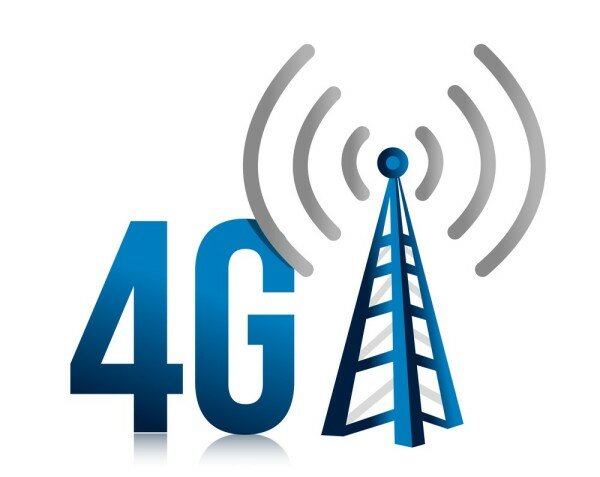
The idea of millions of Africans gaining high speed internet access through LTE in the near future may seem fanciful when considering most data subscribers would say the network operators have yet to master the delivery of fast and reliable 3G services.
But speakers and delegates at the LTE Africa conference in Cape Town, the majority of which coming from vendors and network operators with the odd regulatory official, were keen to give a different picture of what may be around the corner.
During the conference it was announced Ghana looked set to win the race to be the first to deliver LTE in West Africa after a deal was signed between Surfline Communications and Alcatel-Lucent, while HumanIPO learnt Nigeria and even Somalia could be offering the service by the first quarter of 2014.
Where the real excitement lies however is in those networks which lie in waiting, but have not yet been activated.
During a roundtable discussion with reporters, top officials from Huawei’s LTE arm revealed they alone had already built 44 such networks on the continent, with many of them the “invisible” kind described above.
Huawei explained having provided the major networks with infrastructure, equipment and management, it was now up to them when to activate them.
With much of the infrastructure and technology already in place, the major steps before presenting LTE to the mass market are gaining the suitable frequency of spectrum from the respective regulator (an obstacle lamented repeatedly by the networks), offering it at an affordable price and having high-proportion penetration of compatible devices.
Unfortunately the majority of African operators already offering LTE services are aiming at the high-end of the market and charging a premium. That is certainly the case in South Africa, while Surfline Communications said they would target the high-end of Ghana’s data market when they went live.
MTC Namibia however are going down the mass market route and taking advantage of the efficiency and added reach of using LTE.
The operator has worked on its LTE network since 2010 and now covers 45 per cent of the population compared with 30 per cent covered by its 3G service.
Subscriber take-up of the service which went live last year has remained slow with less than one per cent of MTC’s data subscribers migrating to the LTE packages, though this can be put almost primarily down to unavailability of the correct handsets since the Namibian market leader is offering data bundles at exactly the same price as its 3G ones.
At the beginning of the conference Thecla Mbongue, a senior Informa Telecoms and Media analyst for the Middle East and Africa, displayed statistics that said there were only 600,000 activated SIM cards on the continent which were LTE-compatible devices.
This, more than the more headline grabbing regulatory issues, is the biggest obstacle facing mass scale LTE rollout.
While network operators in South Africa in particular have every right to feel frustrated with the regulator’s reluctance to allocate more spectrum to enable further LTE rollout, they have already proved they are able to transmit the service.
The allocation of more spectrum to operators would be beneficial, but until affordable mass market LTE-enabled smartphones are available, the super-fast mobile broadband will remain a device away.


















